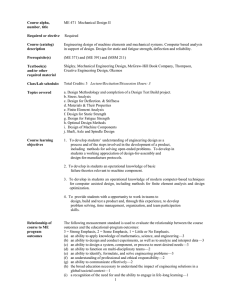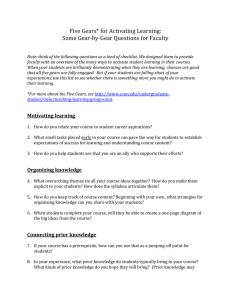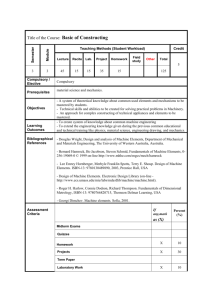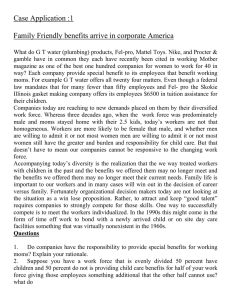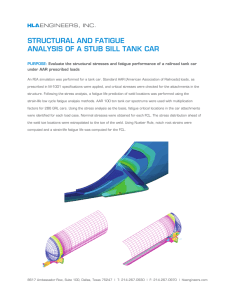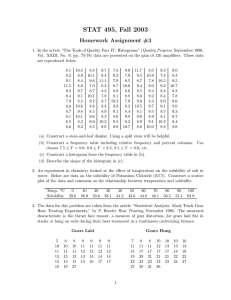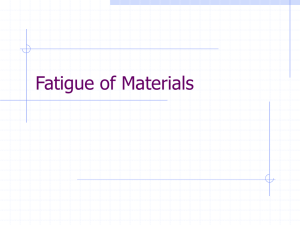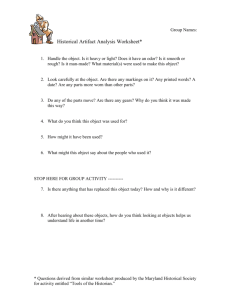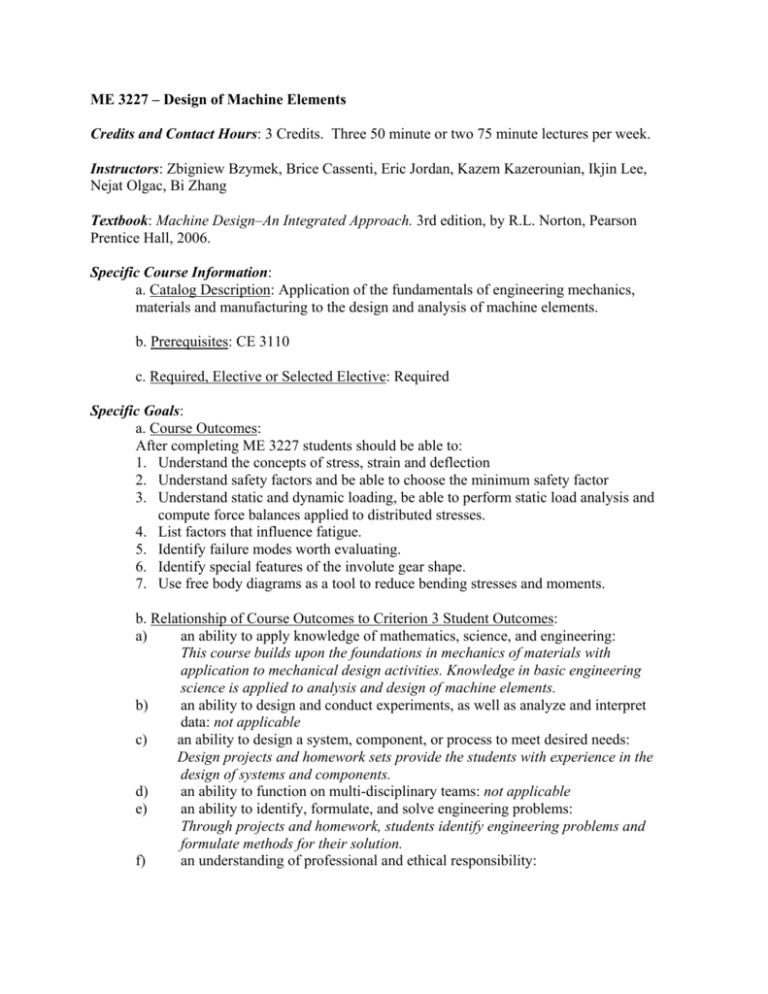
ME 3227 – Design of Machine Elements
Credits and Contact Hours: 3 Credits. Three 50 minute or two 75 minute lectures per week.
Instructors: Zbigniew Bzymek, Brice Cassenti, Eric Jordan, Kazem Kazerounian, Ikjin Lee,
Nejat Olgac, Bi Zhang
Textbook: Machine Design–An Integrated Approach. 3rd edition, by R.L. Norton, Pearson
Prentice Hall, 2006.
Specific Course Information:
a. Catalog Description: Application of the fundamentals of engineering mechanics,
materials and manufacturing to the design and analysis of machine elements.
b. Prerequisites: CE 3110
c. Required, Elective or Selected Elective: Required
Specific Goals:
a. Course Outcomes:
After completing ME 3227 students should be able to:
1. Understand the concepts of stress, strain and deflection
2. Understand safety factors and be able to choose the minimum safety factor
3. Understand static and dynamic loading, be able to perform static load analysis and
compute force balances applied to distributed stresses.
4. List factors that influence fatigue.
5. Identify failure modes worth evaluating.
6. Identify special features of the involute gear shape.
7. Use free body diagrams as a tool to reduce bending stresses and moments.
b. Relationship of Course Outcomes to Criterion 3 Student Outcomes:
a)
an ability to apply knowledge of mathematics, science, and engineering:
This course builds upon the foundations in mechanics of materials with
application to mechanical design activities. Knowledge in basic engineering
science is applied to analysis and design of machine elements.
b)
an ability to design and conduct experiments, as well as analyze and interpret
data: not applicable
c)
an ability to design a system, component, or process to meet desired needs:
Design projects and homework sets provide the students with experience in the
design of systems and components.
d)
an ability to function on multi-disciplinary teams: not applicable
e)
an ability to identify, formulate, and solve engineering problems:
Through projects and homework, students identify engineering problems and
formulate methods for their solution.
f)
an understanding of professional and ethical responsibility:
g)
h)
i)
j)
k)
This course includes a review of the canon of ethics for engineers, and a project
involving safety and risk analysis.
an ability to communicate effectively:
This course requires students to make oral presentations as well as write reports
for their projects. The oral and written performance accounts for approximately
10% of their final grade.
the broad education necessary to understand the impact of engineering solutions
in a global and societal context: not applicable
a recognition of the need for, and an ability to engage in life-long learning: not
applicable
a knowledge of contemporary issues: not applicable
an ability to use the techniques, skills, and modern engineering tools necessary for
engineering practice:
not applicable
Topics Covered:
Introduction to total life-cycle design (including considerations of liability, ethics,
cost, legal and ethical issues, recycling, etc.)
Mechanical properties of materials
Fatigue
Dimensional tolerancing
Stress, strain, deflection and torsion
Buckling and failure theories
Liability
Soderberg fatigue analysis
Shafts
Gears: spur gears and bevel gears
Rolling bearings
Fasteners
Practicing decision making in design

